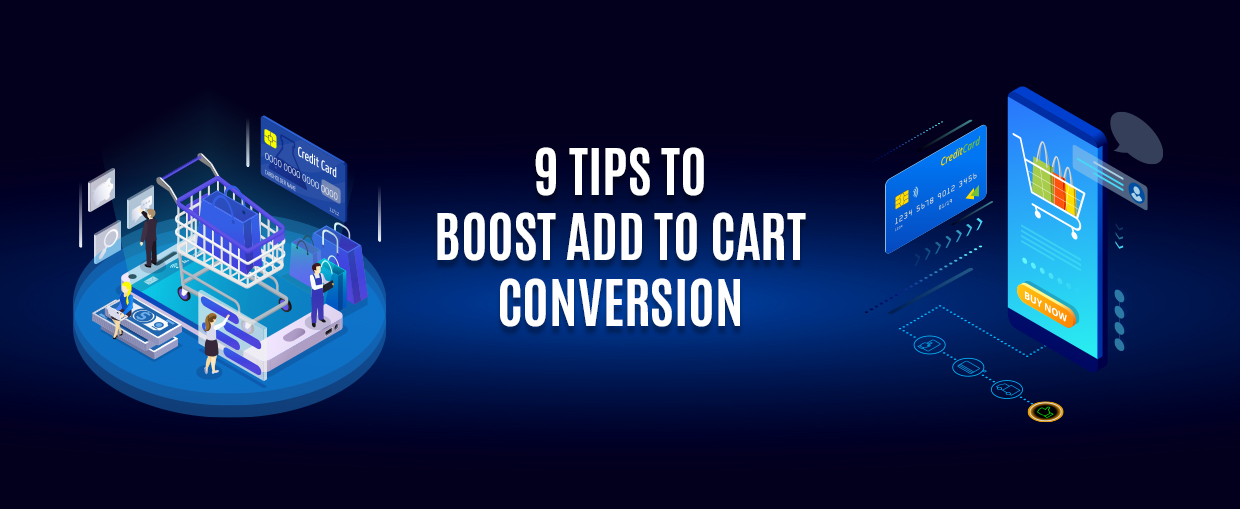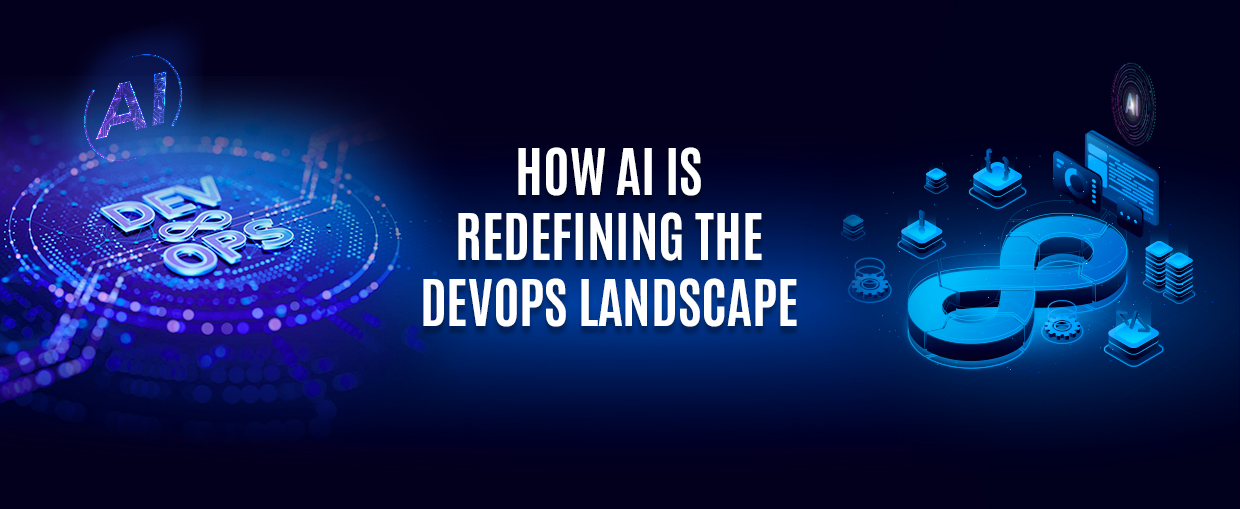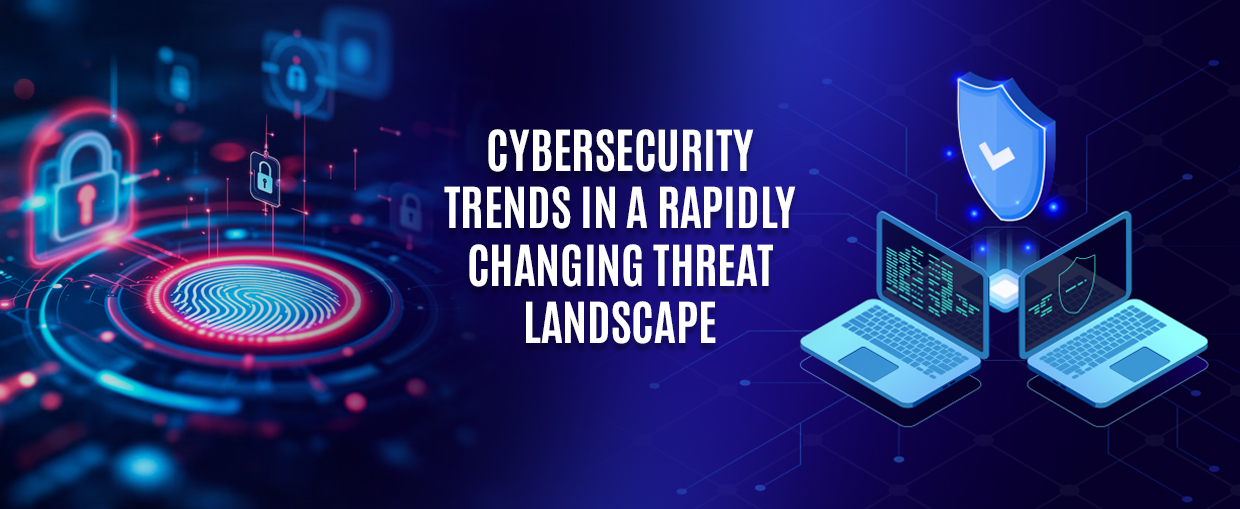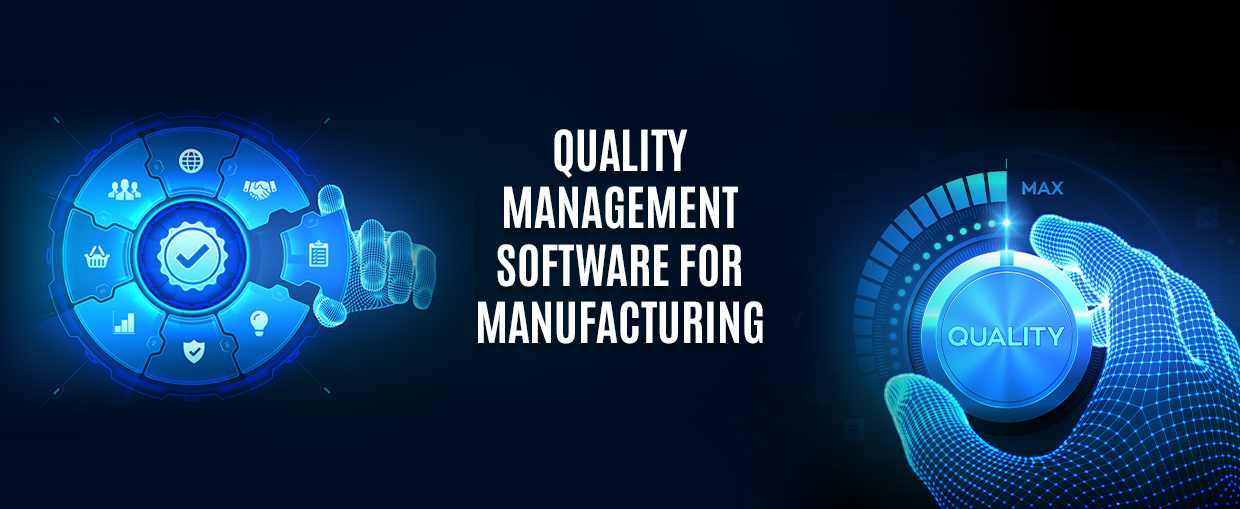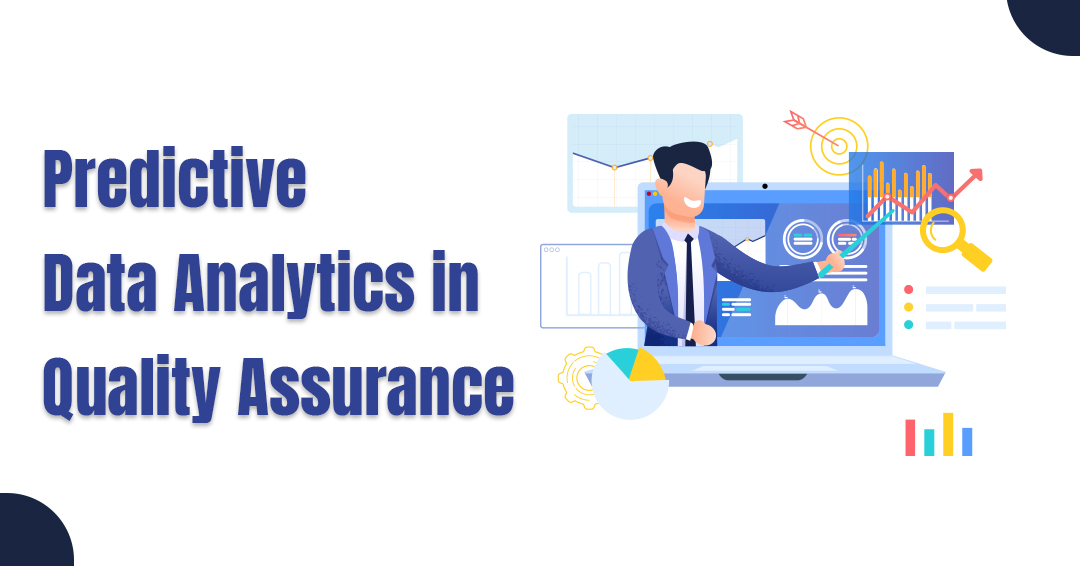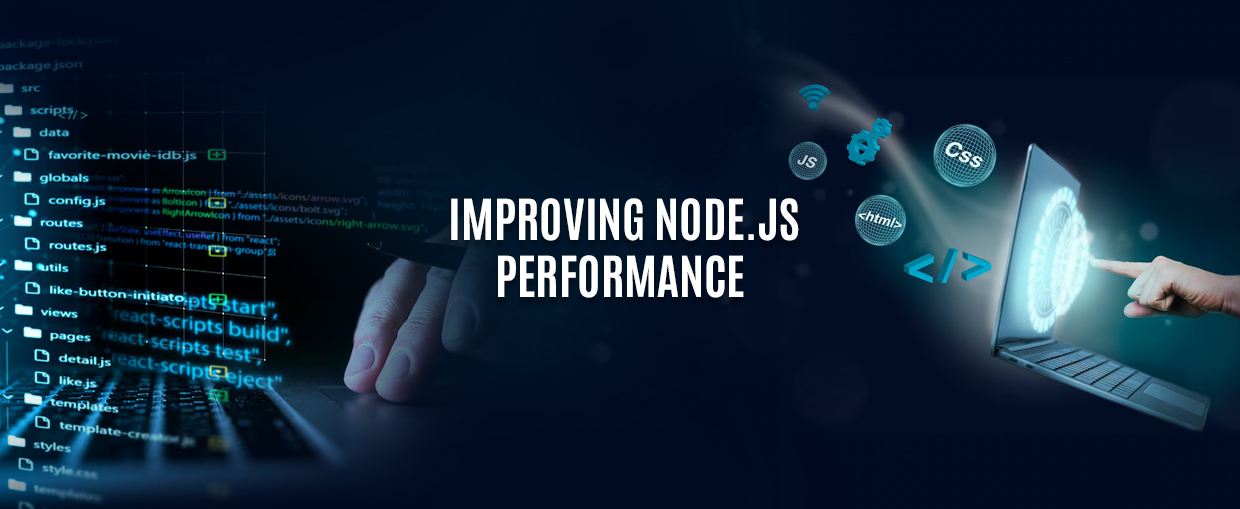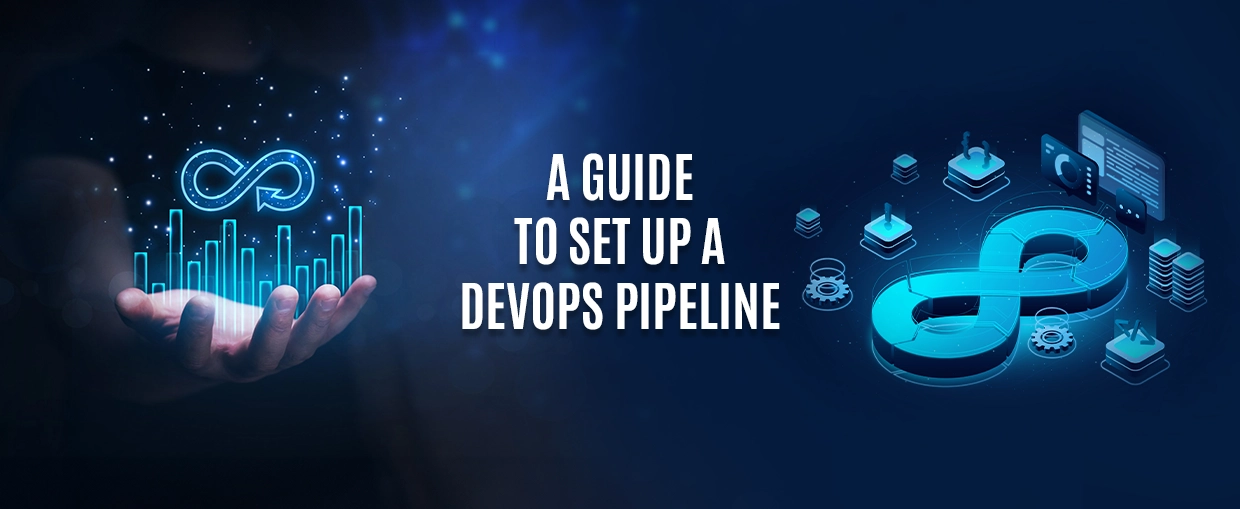Application modernization is a major emphasis for businesses, particularly in the aftermath of the pandemic. This is because CEOs are under increased pressure to foster innovation. Among the causes are digital changes, distant labor, and rising client demands. These forces affect every business.
To flourish, businesses must develop an application modernization strategy. This is the reason why so many firms choose digital transformation by partnering with a seasoned Cloud services provider.
When firms upgrade their apps, they create new processes and the infrastructure required to support them by hiring professional application modernization services. A solid plan may minimize the resources required to run an app, enhance the frequency and dependability of deployments, improve uptime and resiliency, and other benefits. Finally, by modernizing business processes, lowering maintenance costs, and making data more available, app modernization enables enterprises to accelerate innovation and get to market faster.
What Exactly Is Application Modernization?
Application modernization strategy is the activity of upgrading existing software for newer computing methodologies, such as newer languages, frameworks, and infrastructure platforms. This method is also known as legacy modernization or legacy application modernization. It is analogous to upgrading an older home to take advantage of advancements in efficiency, safety, structural integrity, and so on. Rather than retiring or replacing an existing system, legacy modernization extends the life of an organization’s applications while simultaneously making use of technological advances.
What Are Some Of The Most Popular Forms Of Application Modernization?
The following are the most prevalent ways of application modernization:
1. Rehosting Application Modernization
Rehosting, often known as “lift and shift,” is moving servers or software from their current location to a public cloud infrastructure. Rehosting is the standard application modernization strategy for businesses that are just beginning their modernization journey. This option does not necessitate any changes to the code, features, or functions. The business logic is intact, while the data is moved to the cloud.
2. Refactoring Application Modernization
This method of app modernization involves taking a legacy program and retooling major portions of its underlying code to function better in a new environment, often the cloud. This type of application modernization services aids in the removal of technical debt and the enhancement of nonfunctional qualities.
3. Replatforming
Replatforming, like rehosting and refactoring, transfers programs that are already in the cloud to a new cloud environment without making significant modifications to the application. Upgrading the program to run with a cloud-native managed database, altering the operating system(s) or middleware it will use, or containerizing apps are all examples of replatforming application modernization. Replatforming allows businesses to boost scalability and developer efficiency.
4. Replacing
When an application in a cloud environment is no longer required, it is worth considering decommissioning it using this application modernization strategy. Some of the reasons for replacing an application include that its capabilities are replicated elsewhere in the environment, or it is more cost-effective to replace it with a different application rather than move it.
Why Should Legacy Applications Be Modernized?
Application modernization services allow a company to secure its investments while also refreshing its software portfolio to take advantage of current infrastructure, tools, languages, and other technical advancements. As per forecasts, the global market size of this approach requires a solid application modernization strategy. It can lower the resources required to run an application, enhance the frequency and dependability of deployments, and improve uptime and resiliency. As a result, this strategy will now be a standard component of every enterprise’s overall digital transformation strategy.
What Are the Most Important Technologies in Application Modernization?
Several technologies are critical to application modernization services:
1. Cloud Computing
Cloud technologies are assisting and fueling an expanding number of digital transformation activities, including application modernization. The cloud is undeniably the major destination for application migration efforts today. Public cloud platforms, private clouds, and hybrid clouds are all included.
2. Containers
Containerized software and container management technologies, particularly Kubernetes, have fast-established industry standards for application modernization strategy and delivery. With businesses deploying a diverse variety of infrastructure across numerous clouds and operating environments, applications must remain portable and capable of running efficiently in many locations.
3. Microservices
Decoupling distinct components of a program into smaller, discrete bits that can be deployed, updated, and managed independently is what microservices in application modernization services are all about.
4. Orchestration and Automation
In software development and application modernization services, orchestration refers to the automation of many of the operational processes connected with containers, such as deployment, scaling, and networking.
The Latest App Modernization Trends
Keep the following trends in mind as you plan your application modernization strategy:
1. Multi-Cloud Environments
The usage of more than one public cloud service provider for virtual data storage or computing power resources, with or without any existing private cloud and on-premises infrastructure, is referred to as multi-cloud. Multi-cloud strategies are increasingly a matter of when rather than if in application modernization services. Many enterprises are concentrating 70% of their cloud portfolio with one provider and diversifying the remaining 30%.
2. Hybrid Cloud Environments
The usage of the public Cloud in conjunction with private cloud and on-premises infrastructure is referred to as a hybrid cloud in application modernization. About 77% of business global infrastructure decision-makers who are planning, installing, or upgrading the cloud say they are in a hybrid-cloud environment, with data already kept in on-premises data centers.
3. Containers and Orchestration
Containers and orchestration are widely used to package, distribute, and manage applications and workloads or for an application modernization strategy. While a legacy app may be containerized, containers are seen to be the best match for a more decoupled approach to development and operations (i.e. microservices).
How Will Application Modernization Services Assist You?
Modernization of applications allows you to optimize business processes and alter the way you do business today and in the future. Industry specialists in application modernization have compiled the most recent trends in the same, influencing the automotive, financial services, healthcare, and industrial industries.
To succeed in 2023’s competitive market, you must disrupt it in some way by introducing cutting-edge technologies into your application modernization strategy.
Not only that, but application development and innovation have developed. DevOps, a concept of cooperation and continuous innovation, has replaced the project-by-project approach with periodic software upgrades.
The expert application modernization services can understand your obstacles and collaborate with industry leaders to provide you with the best solutions.
They will do this in part by integrating your preferred infrastructure with open-source platforms. This solution combines the dependability and flexibility of both these platforms, allowing your business to gain the benefits of application modernization services – such as faster time to market, agility, lower costs, and full automation.
Application Modernization: Closing Words
Understanding which apps and workloads to migrate – and how – using an application modernization strategy may be difficult. This is why collaborating with an experienced partner providing application modernization services, can assure the success of your app modernization journey.
These renowned cloud specialists can help your organization to make the most of the Cloud. They are well-positioned to provide application development services and end-to-end delivery with their experience in an array of Cloud-native technologies.Furthermore, this team of application modernization professionals can assist you in several sectors with Cloud transition projects as well. So, make sure you partner with the right Cloud services provider to attain a competitive business edge in the long term.


